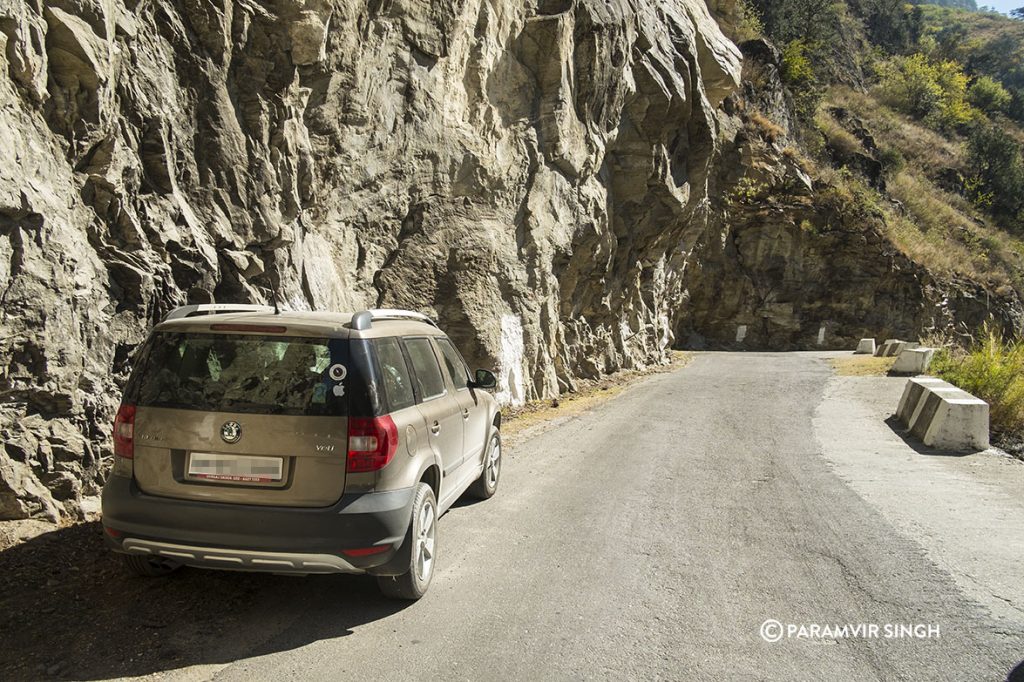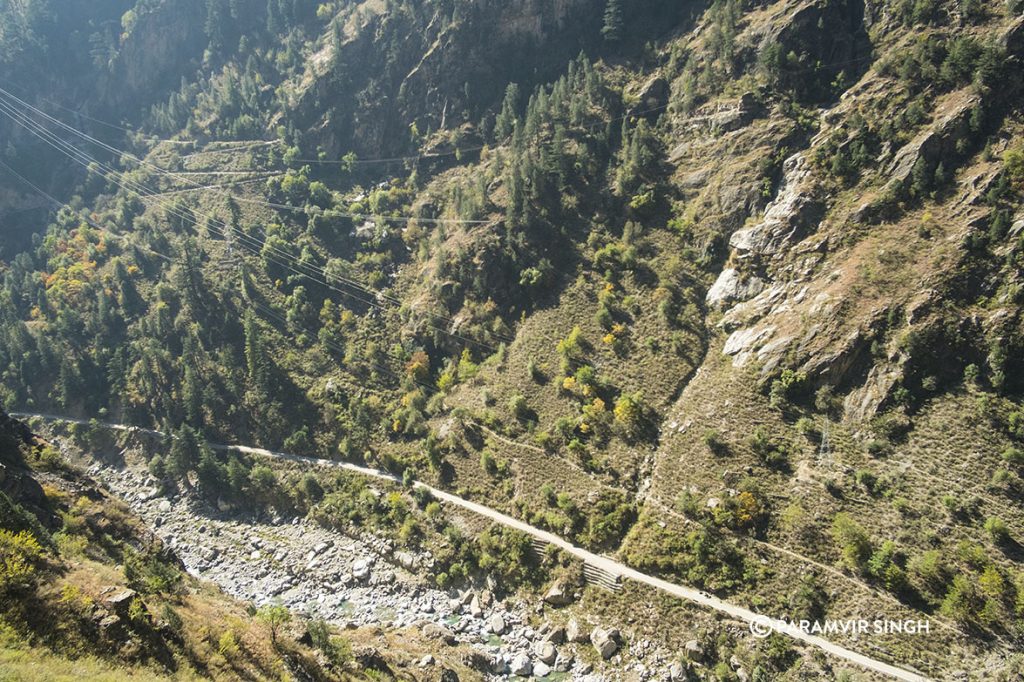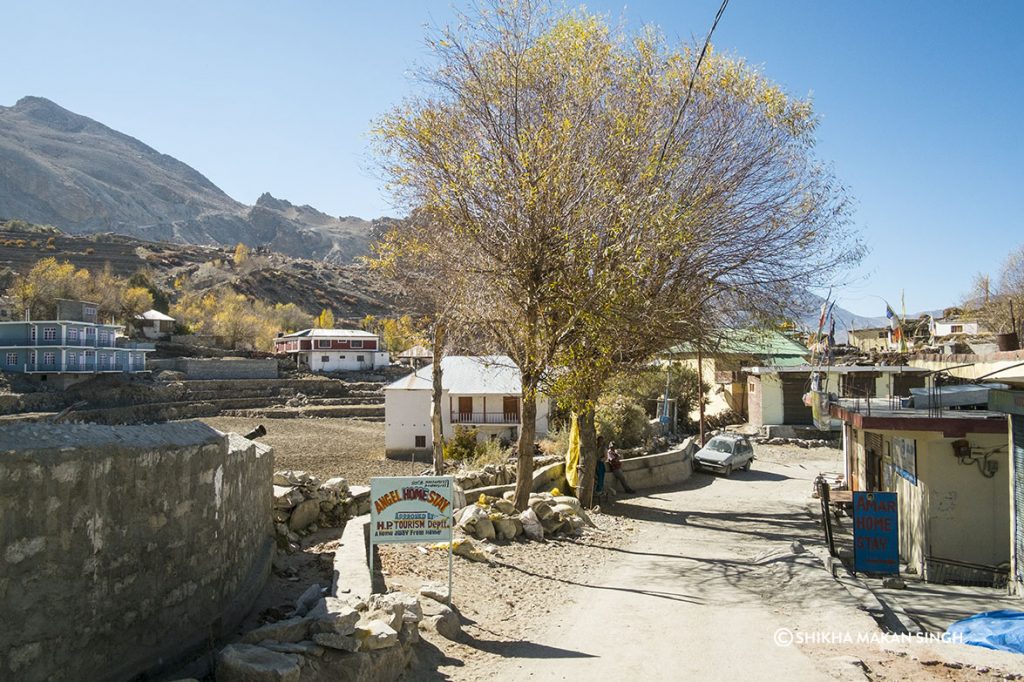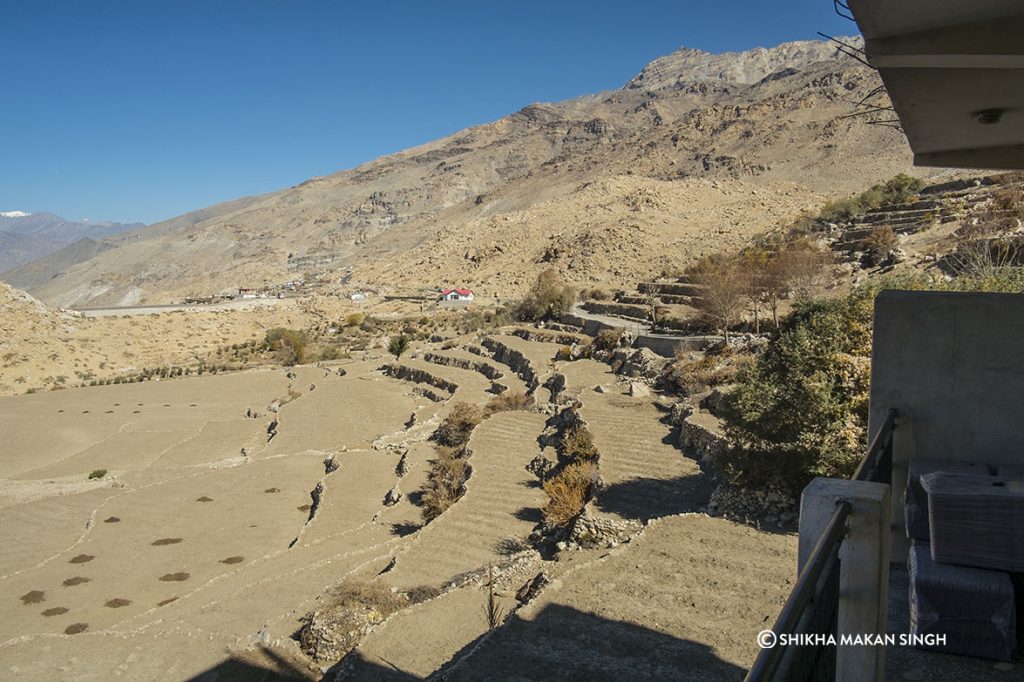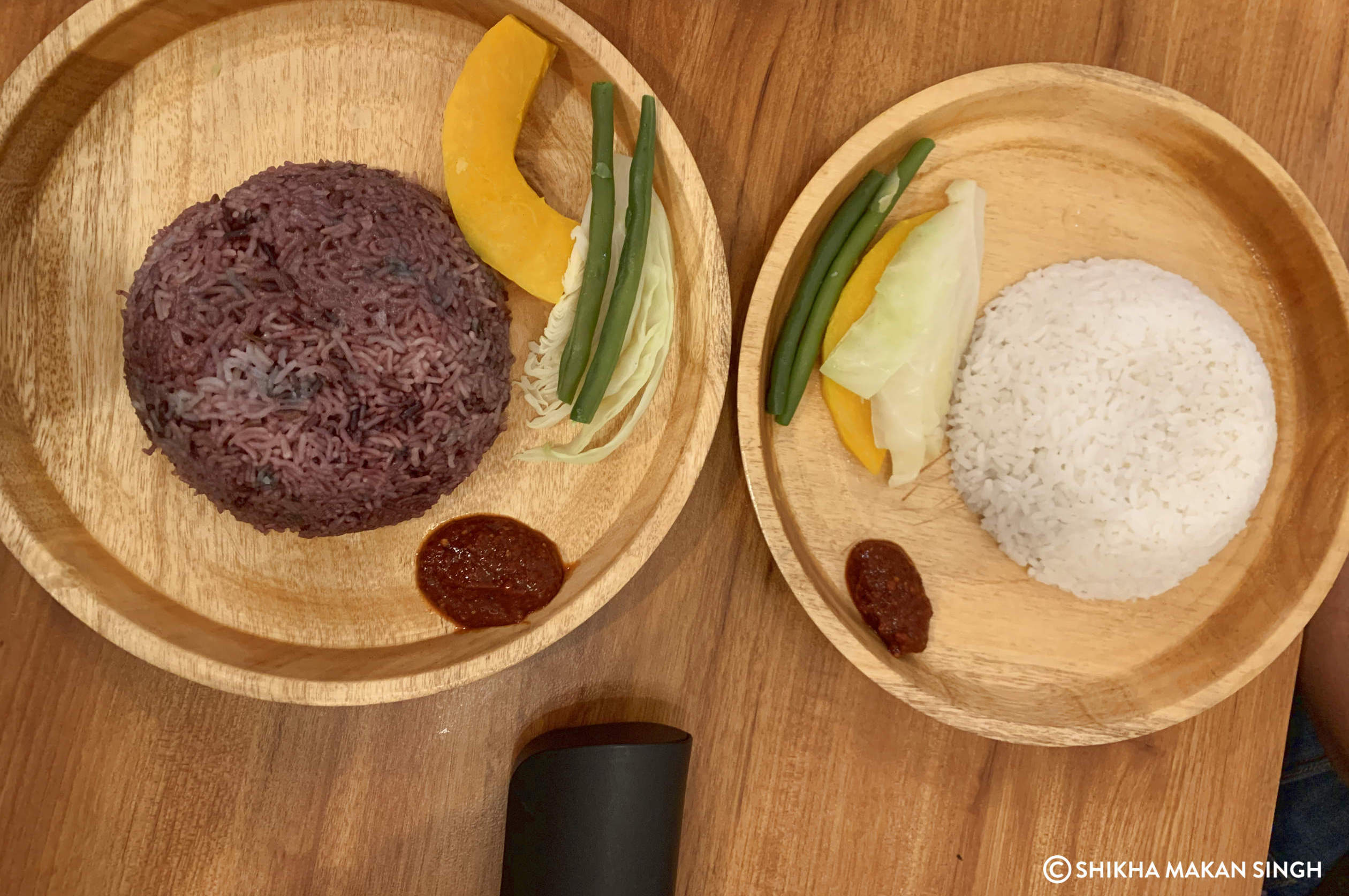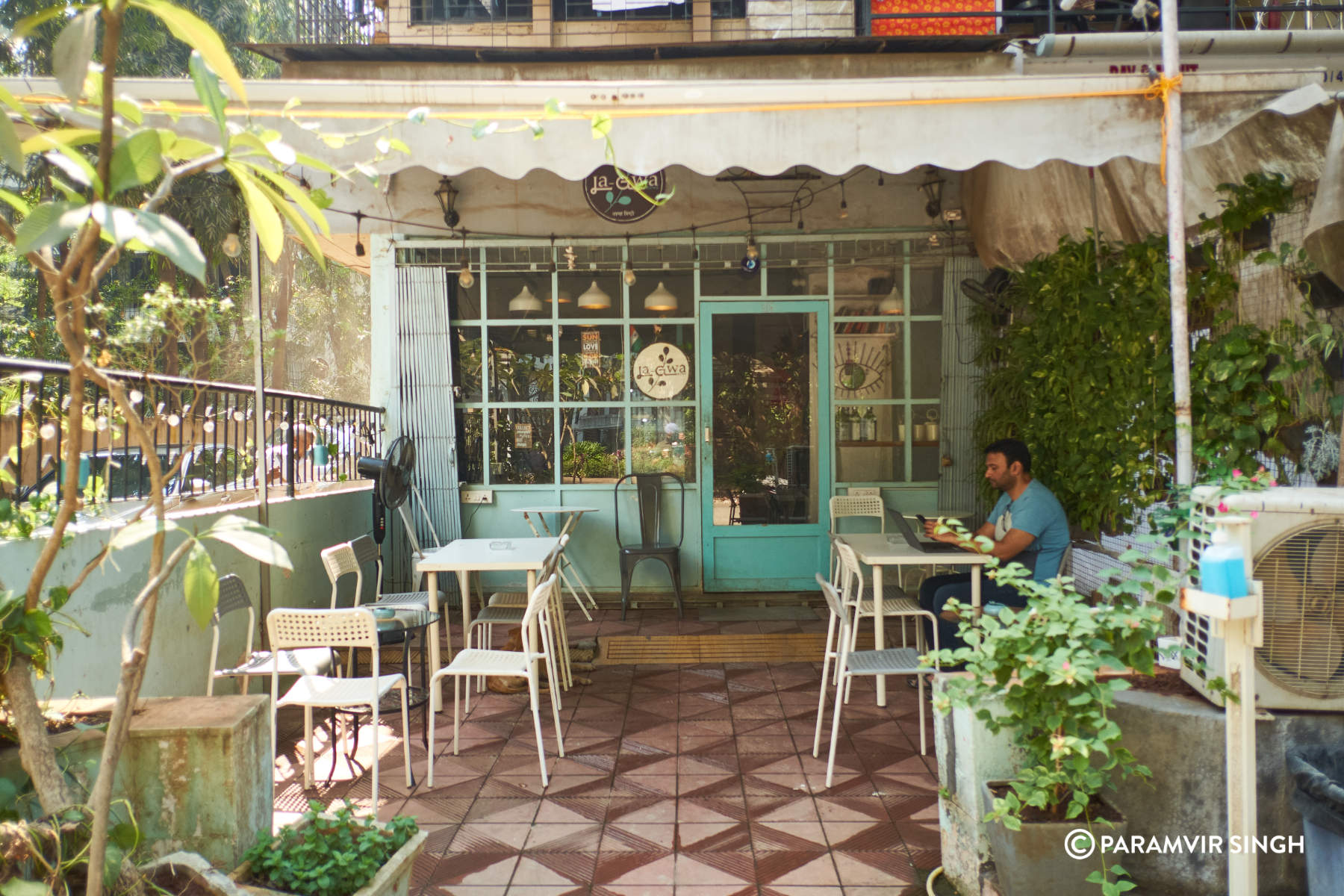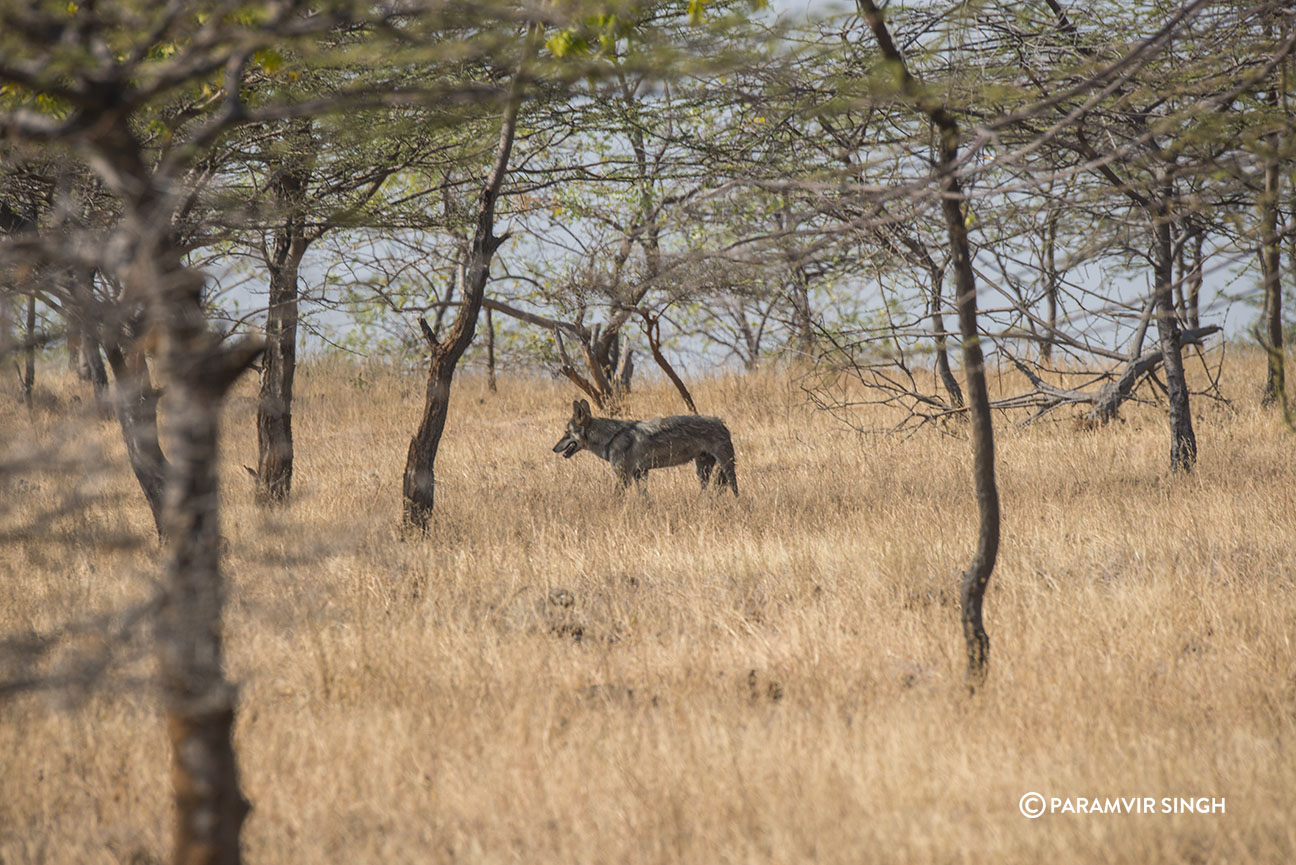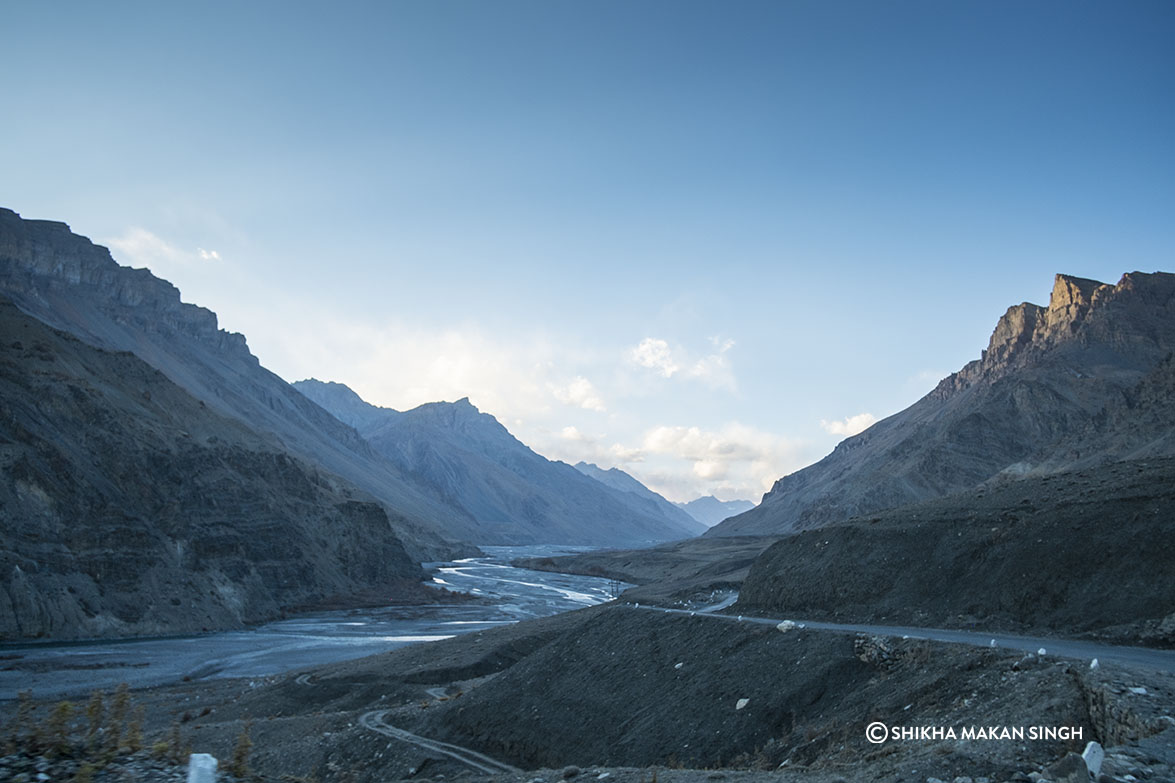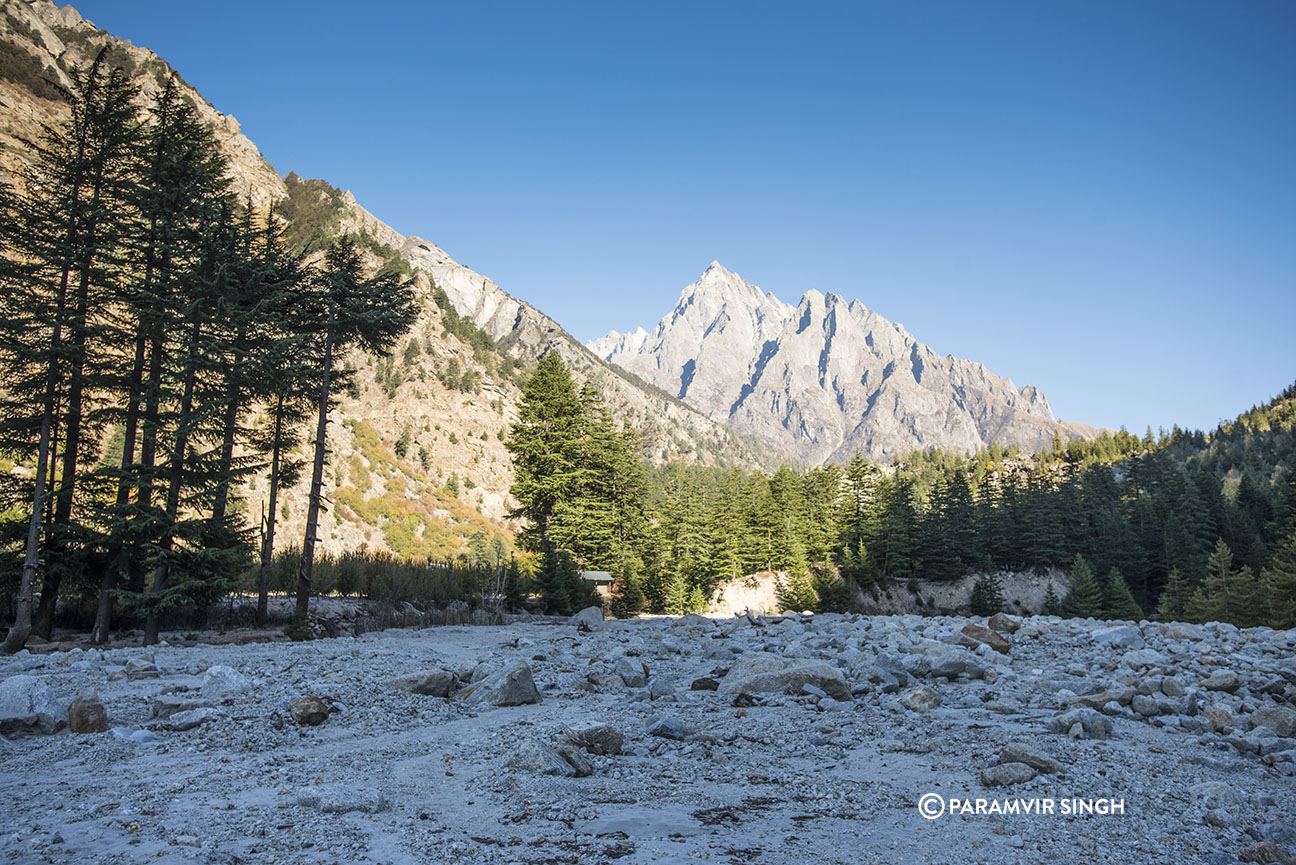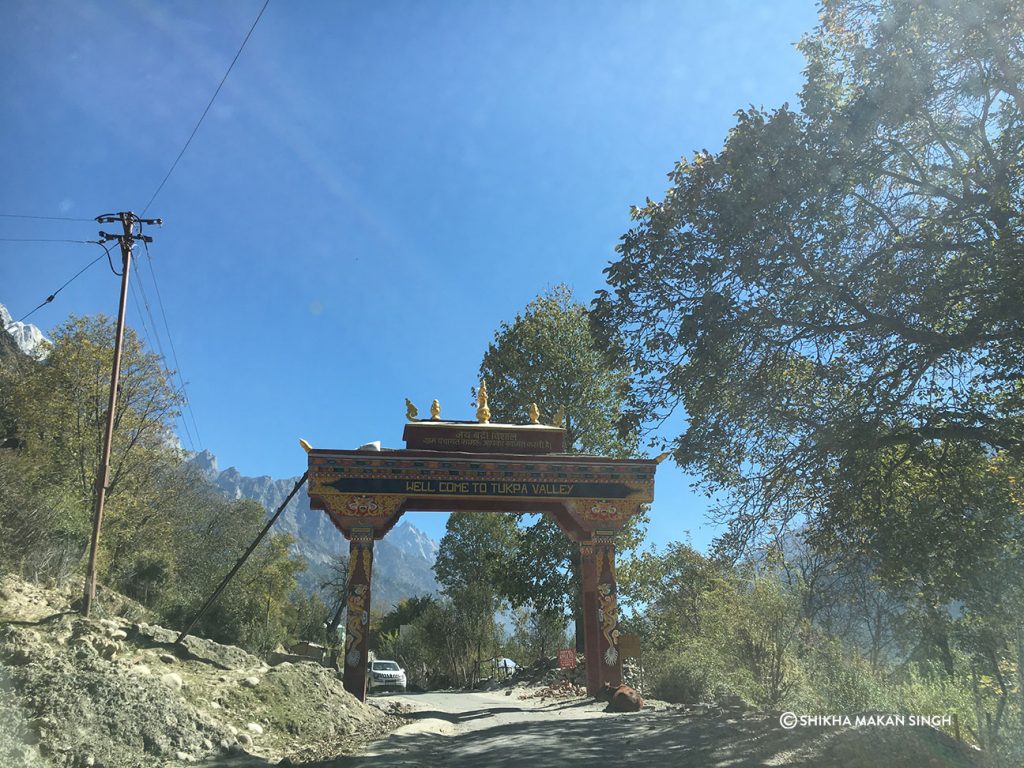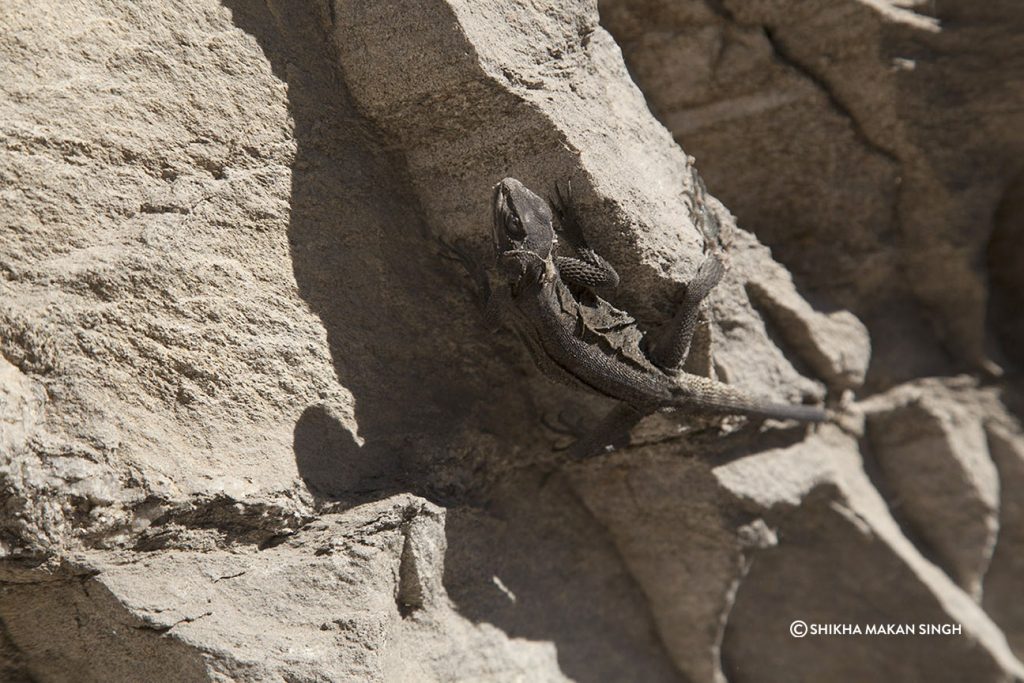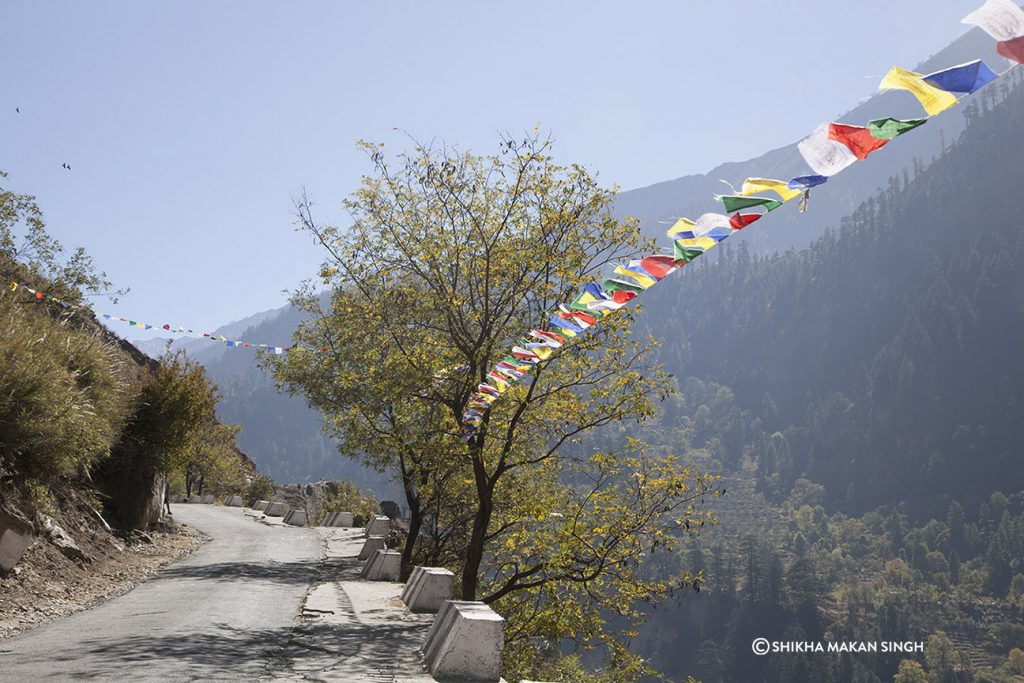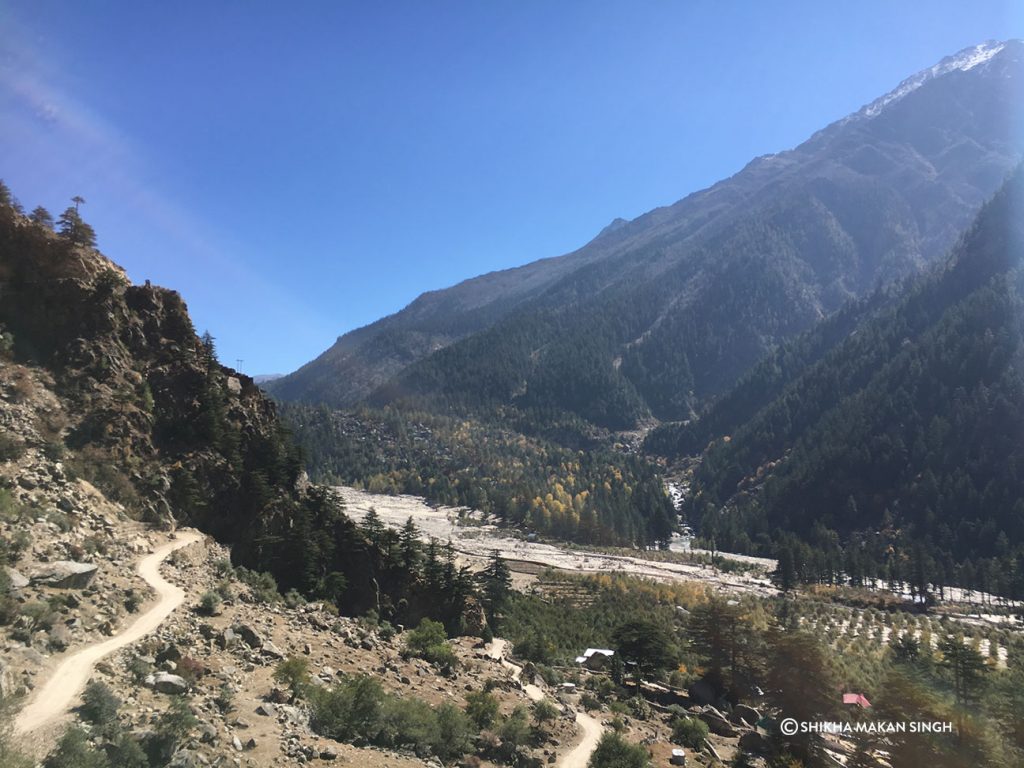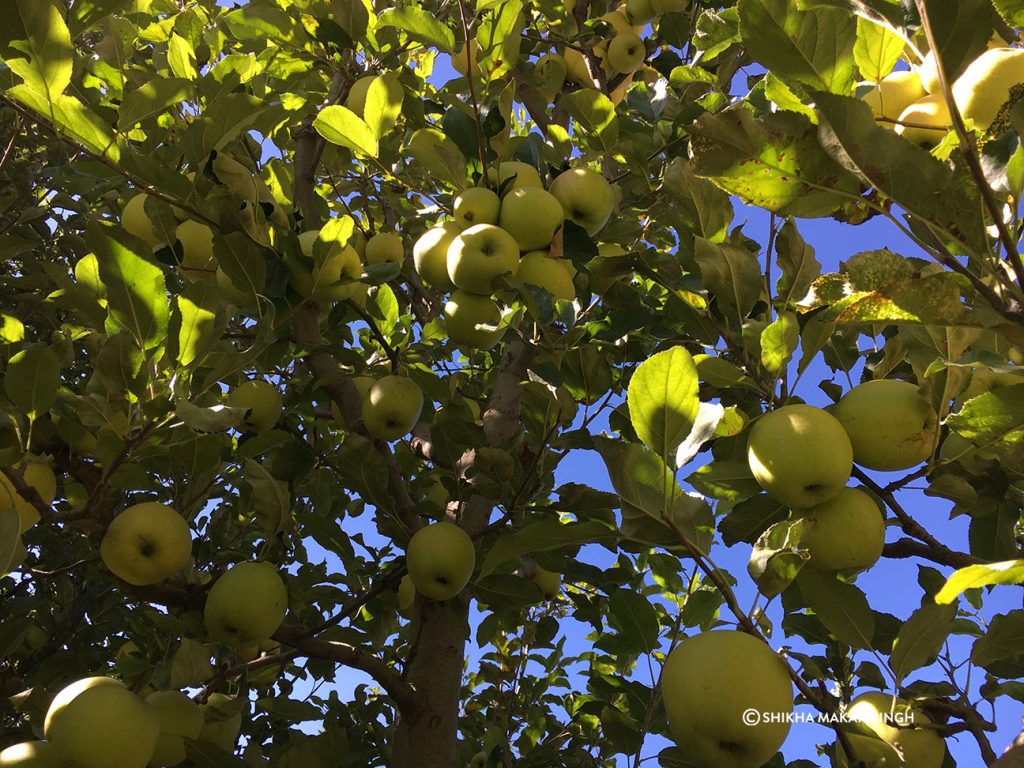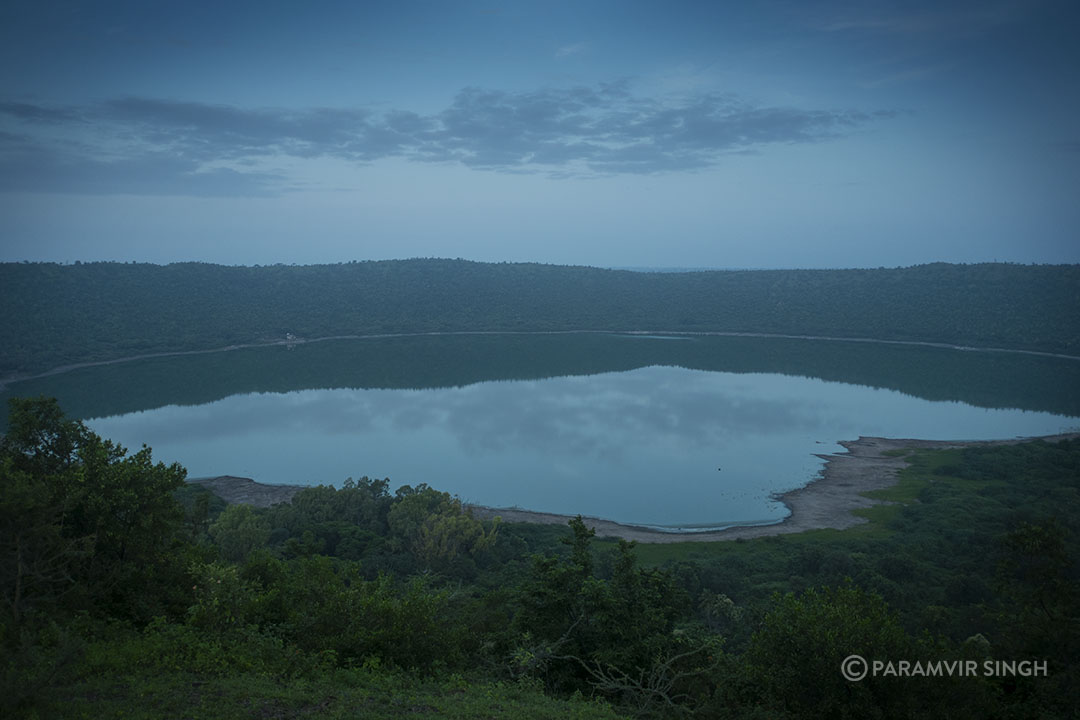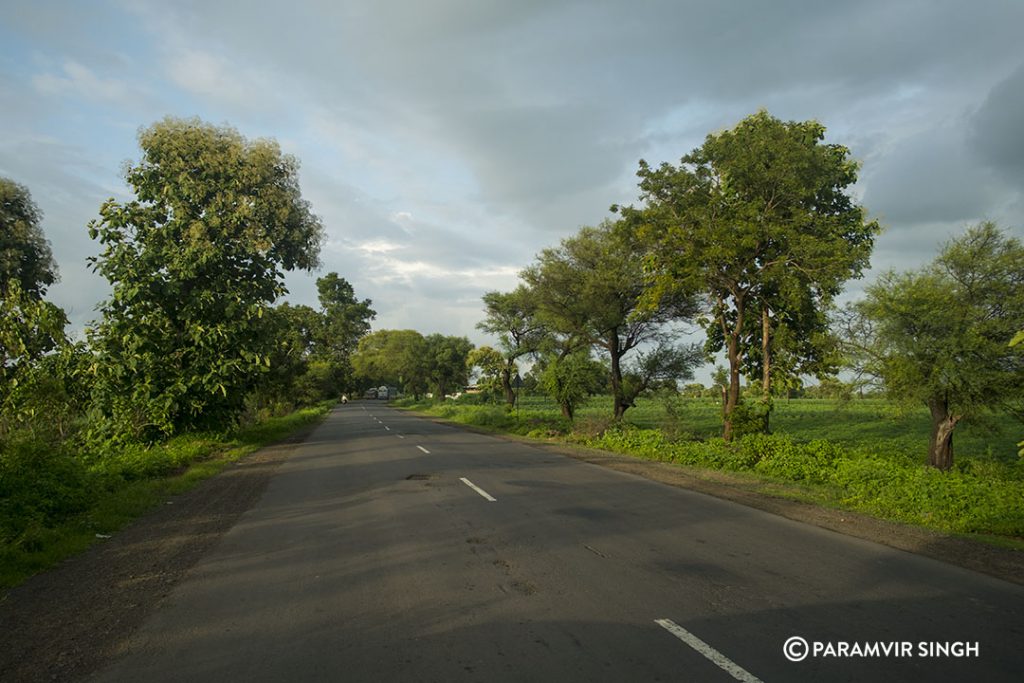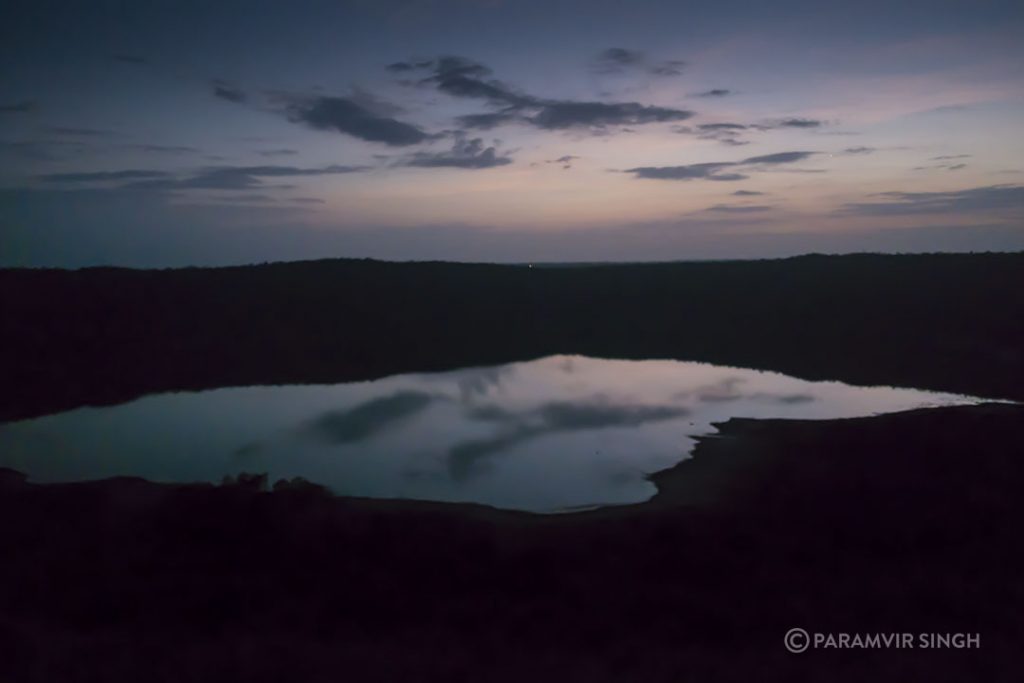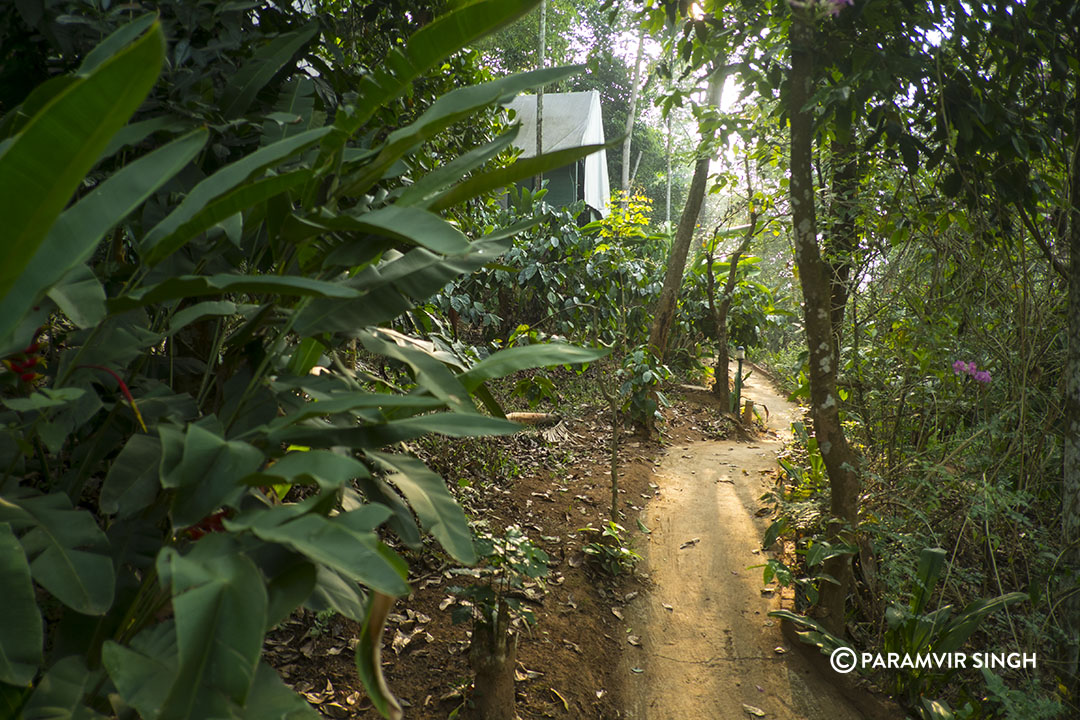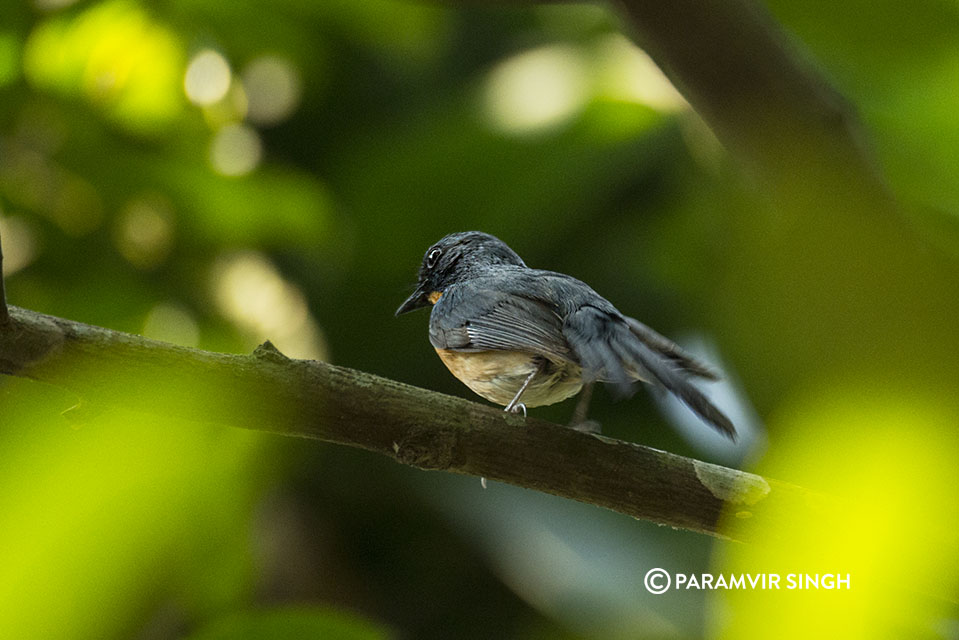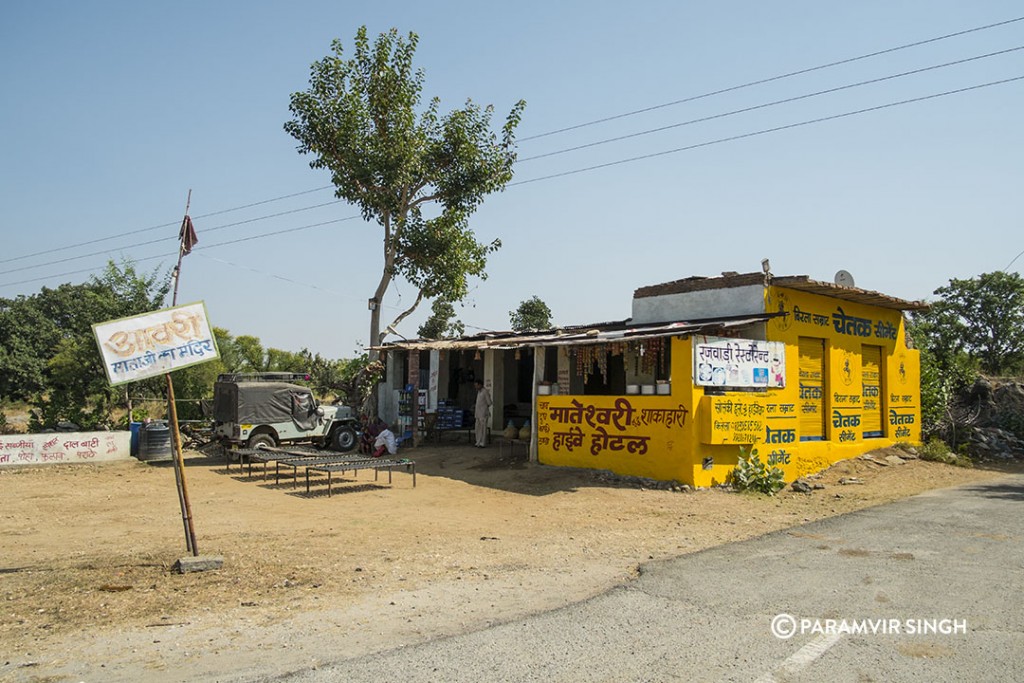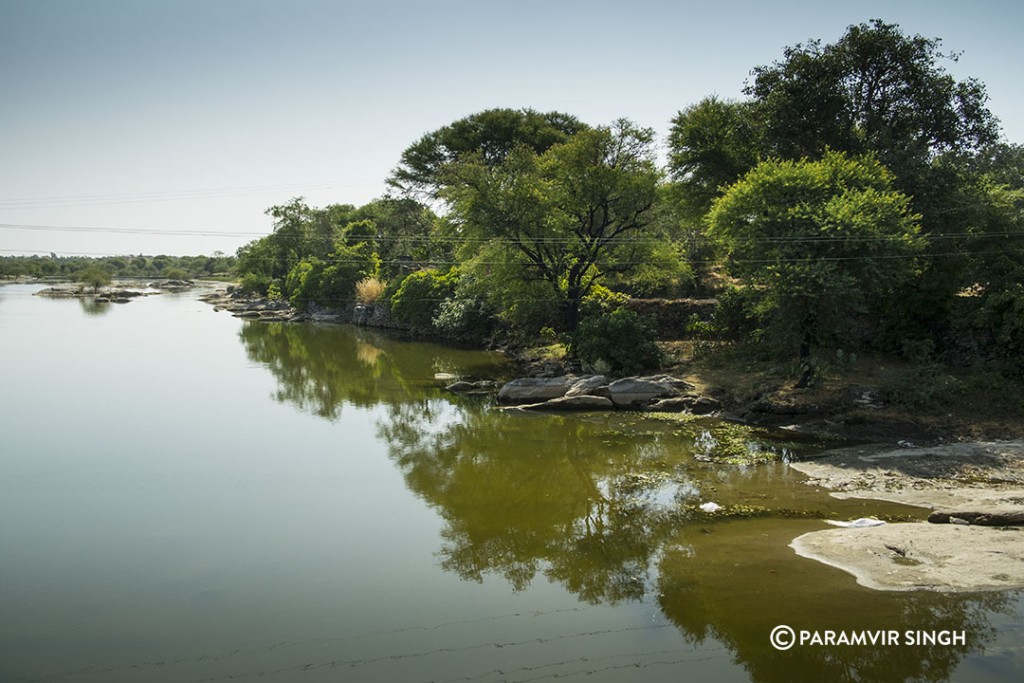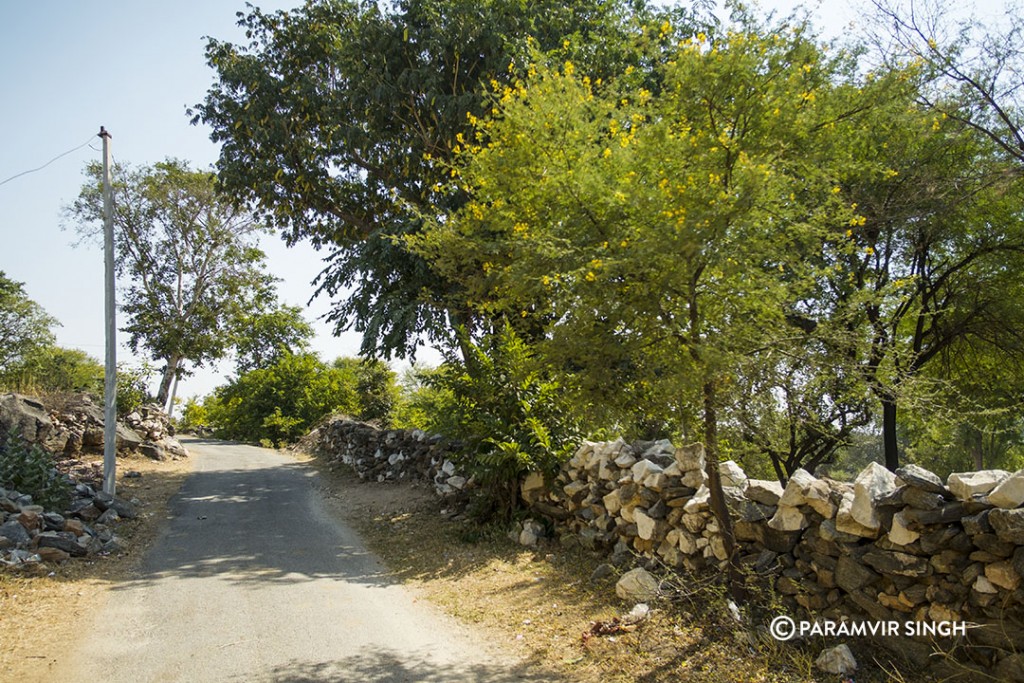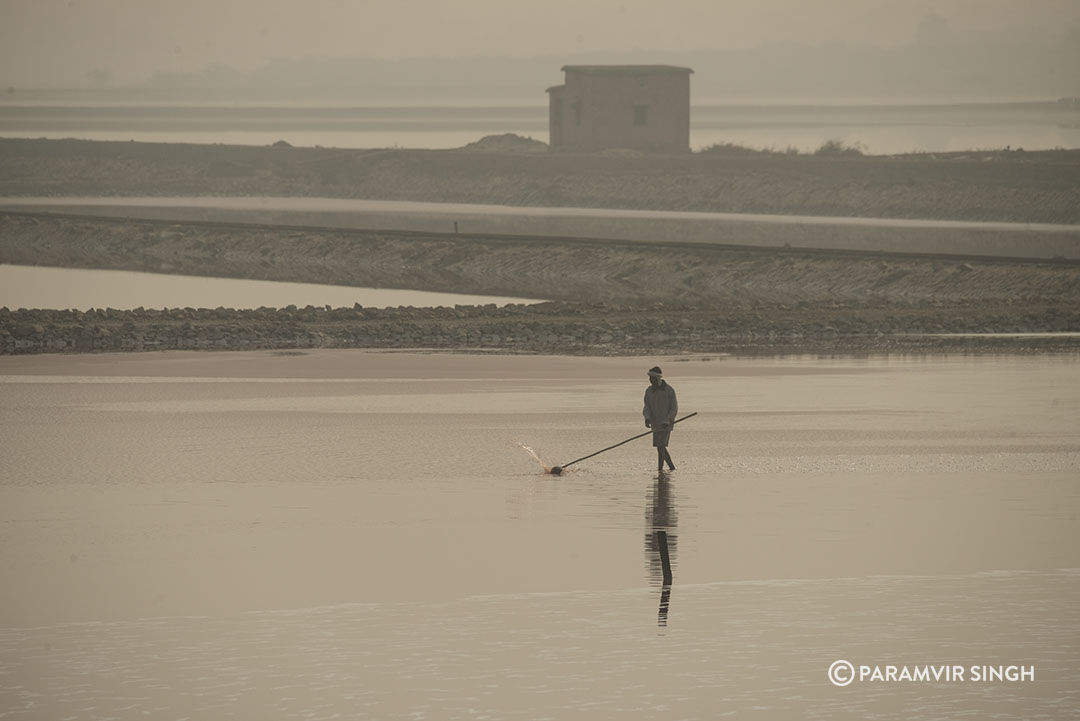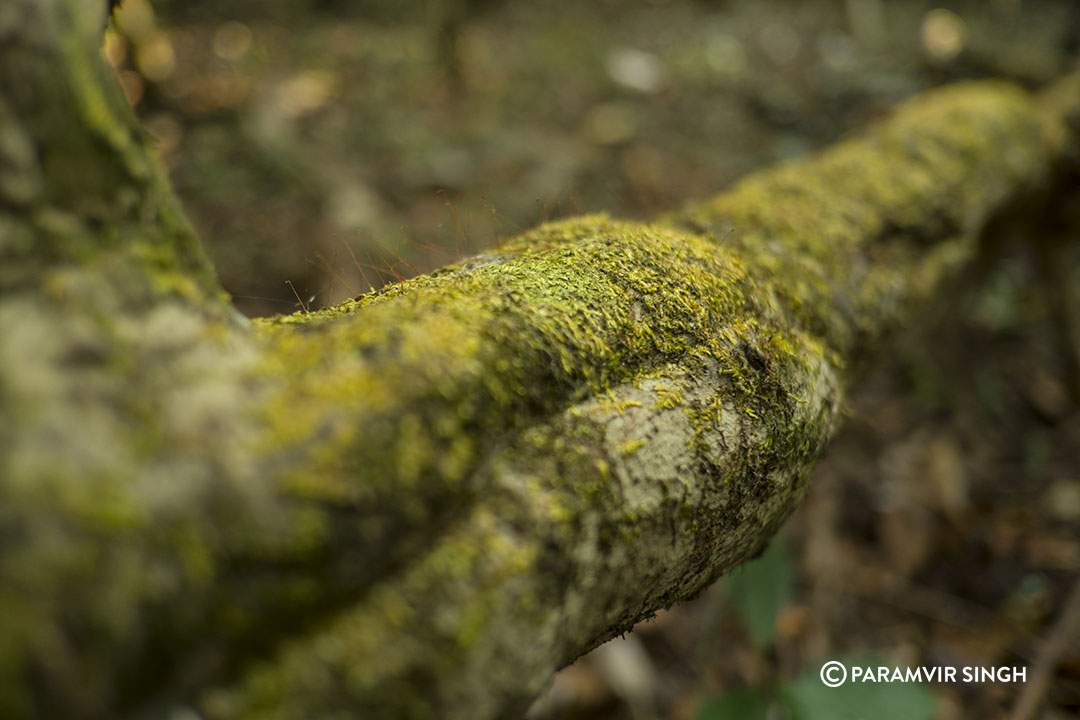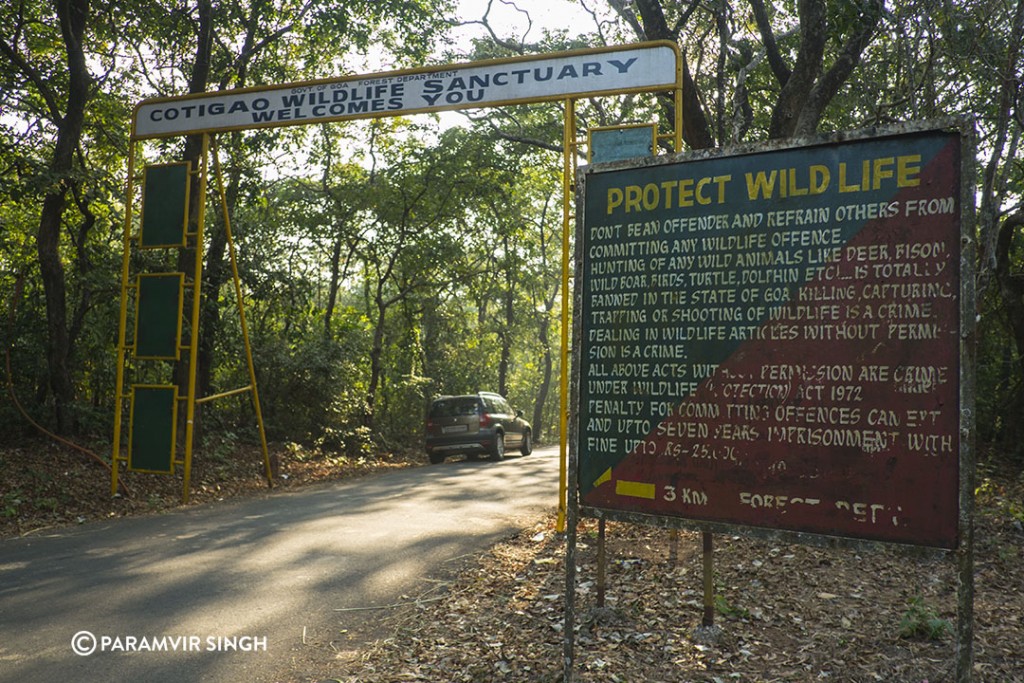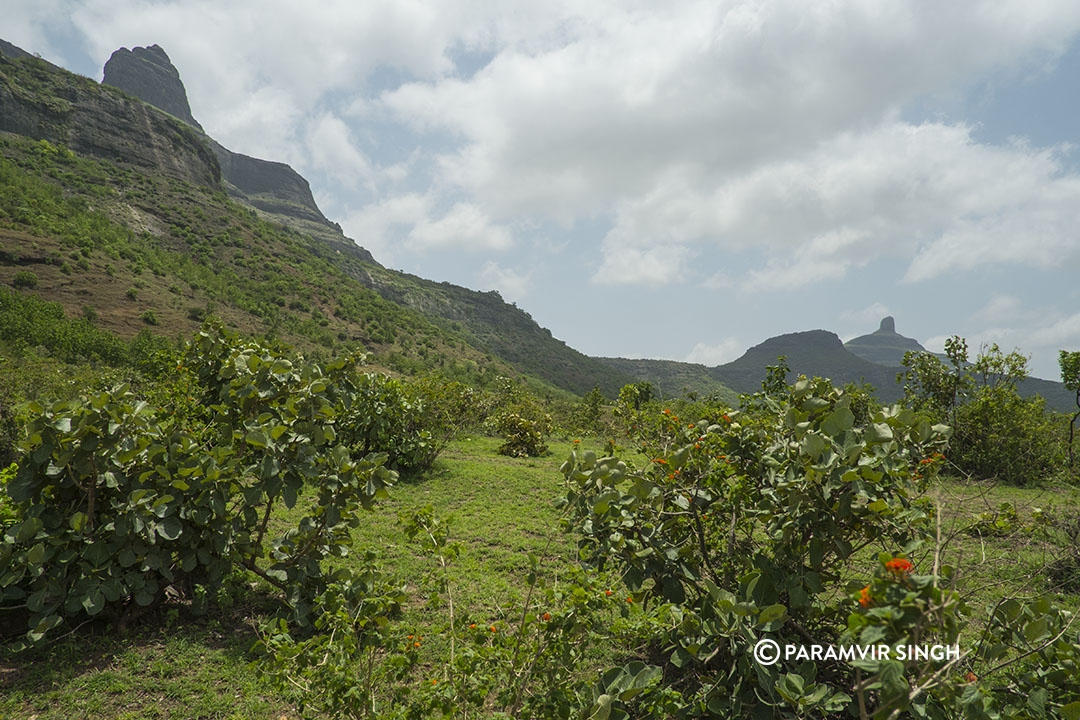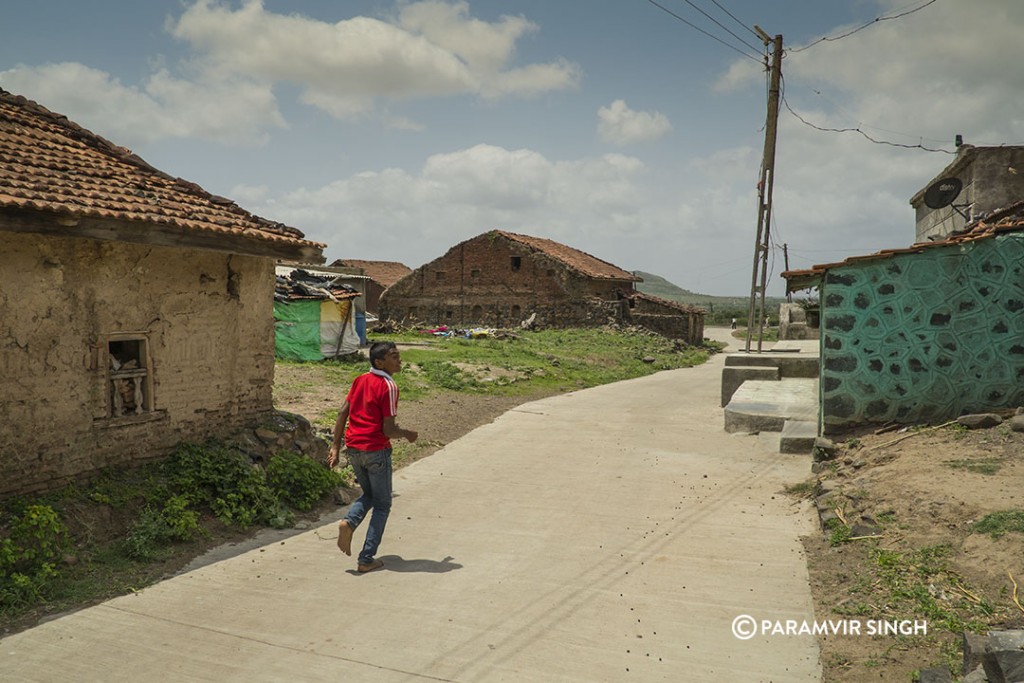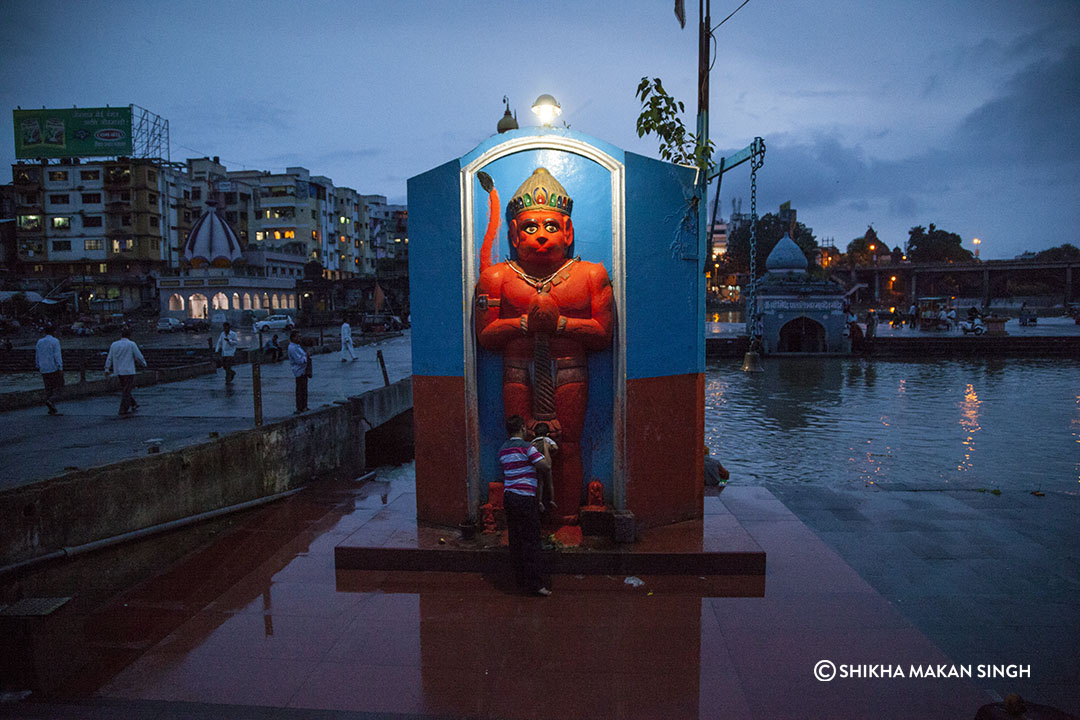Recap: We undertook this monumental road trip from Mumbai towards Spiti Valley at the end of October, 2016. Stops included Udaipur, Jaipur, Chandigarh, Sarahan and Sangla.
Our hosts at Sangla told us it was possible to reach Kaza the same day. So onward we left and wanted to halt for breakfast around Kalpa. But around breakfast time, I was stuck with a bout of AMS (Acute Mountain Sickness). Nausea took over and I had to give up the driving seat. The sickness made me lose my appetite but we managed to get some khichdi, some of which I ate and mostly we packed for the onward journey.
But soon we realised that mountain roads aren’t to be taken lightly. From Pooh the road was just a gravel trail, winding around the mountains. My AMS got worse, and to add to it all, we got stuck at a major land slide. For over two and a half hours, we had to wait it out while earth moving equiopment from BRO (Border Roads Organisation) cleared the roads ahead. While we waited, the strong cool breeze blew stones at the car. It’s apprently quite common here, flying stones. The packed khichdi came in handy as we were stuck around lunch time and all were starving. Finally when the road was cleared, it was getting late. The entire stretch of road ahead was nothing but gravel which slowed us down considerably.
It was getting dark so we decided to noit move towards Kaza but halt at Nako, with the hope of staying over at Knaygoh Kinner Camps. We drove into the town at dark (must be around 7 pm) and asked a shopkeeper directions towards the Knaygoh Camps. A kind looking gentleman standing there asked us if we had a booking. We said no, and he nodded his head saying the camps have been shut for winters, and he owns the camps! He told us we shouldn’t have come at this time of the year, and especially without bookings in place!
Important lesson : In the mountains we had mistakenly hoped we could cover plain level distances in one day. We realised it was hopeless to try and cover Sangla to Kaza in one day. We had advance bookings for hotel stay in Kaza but not in Nako.
Shanta Kumar Negi of Knaygoh Kinner Camps kindly helped us look for alternative accommodation, which we found very unsuitable. It was a truckers’ lodge and honestly, looked very very run down. We have stayed at extremely modest places but this was too much. Meanwhile it was getting colder with a biting breeze blowing. After about an hour of talking, discussing, we managed to get one room only (for all five of us) in a guest house’s semi-basement. It looked good enough and we jumped on it, tired and hungry.
Since we had come off-season, there were no restaurants serving dinner. Everything was shut. The guest house kitchen was taken over by a very large and very loud family who were hell bent on cooking something exotic and time consuming for themselves on the kitchen’s lone stove. We managed to convince the over worked cook at the tiny restaurant in the truckers’ lodge to cook something simple for us. And he did, some delicious thukpa and noodles.
The night four of us shared one double bed while I, still sick with AMS, took a tiny cot on the side. It was tough, but fun!
The morning was sunny but cold. We woke up to see the guest house packing it’s gas stove. End of season.We chatted with another couple on a bike trip from Dharamshala, and told us how they slipped on the ice sheet near Nako Lake. I was too AMSd out to try the walk till the lake.
The truckers’ lodge cook made us simple dal, parathas and eggs. Remembering the last day’s land slide, we packed enough parathas for the road ahead. Shanta told us we could read Kaza the same day but should still keep a backup in Tabo. So off we left at around 9am.
The road head was generally fine but deteriorated near Sumdoh. We slowed down again. At around 2pm wew reached Tabo, only to realise everything was shut there as well. We wouldn’t find food too. The home stay that Shanta had suggested in Tabo had it’s water freeze in the pipes so it was shut too. We had no choice but to move ahead towards Kaza. It was already around 2:30, Kaza a good 50 km away. It would be a breeze if the roads were good, but not being sure, we left quickly, only to take a brief stop for our packed parathas by the Spiti River.
On the way towards Kaza, we passed Dhankar, and could see the lovely monastery on the hill. Tomorrow, we told ourselves, and drove on. We reached Kaza by around 6pm.
